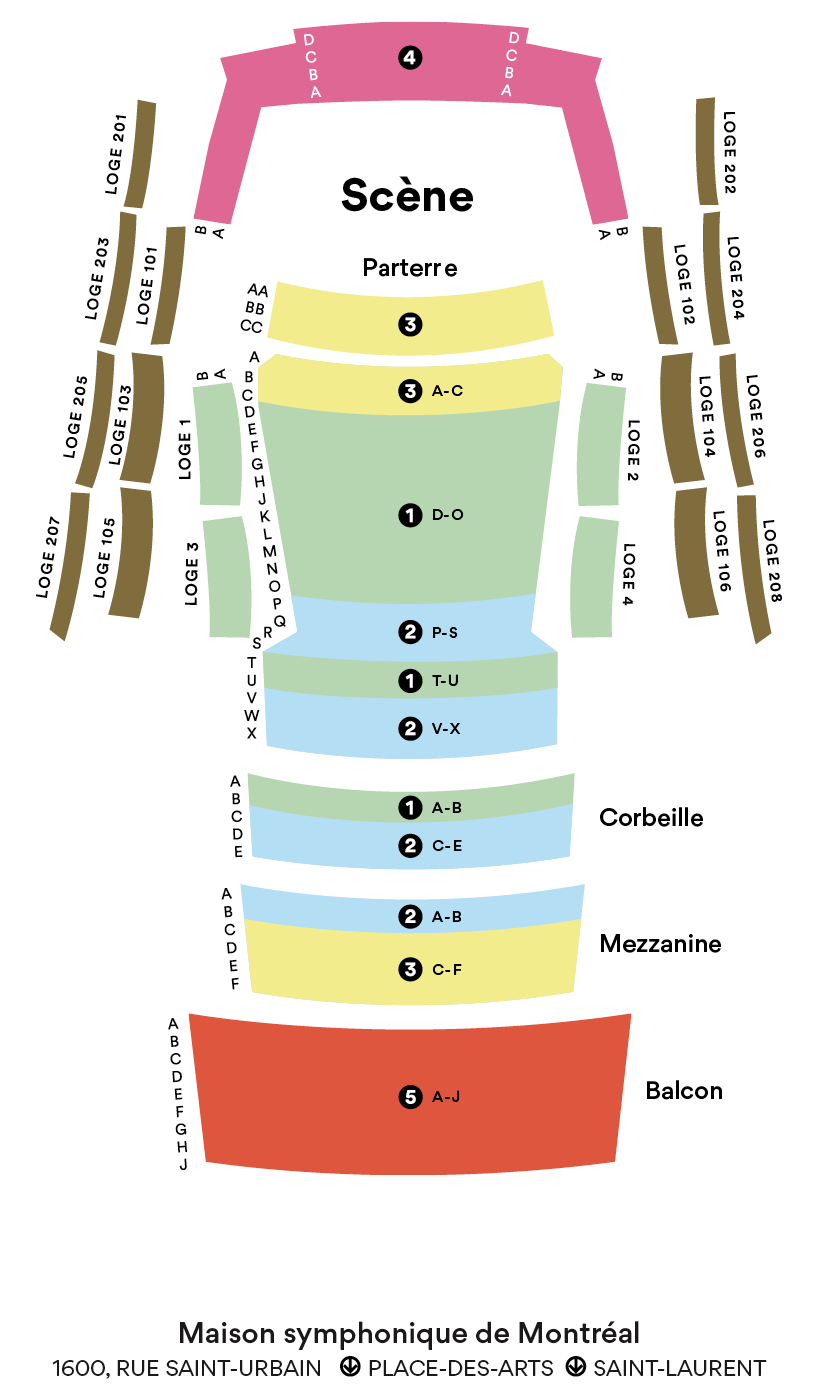Gaelic Symphony
Amy Beach
1867 – 1944
In the musical language of Amy Beach, we find traces of her parents’ exile, of the displacement of Irish populations who emigrated to the United States. A highly accomplished pianist, at 18 years of age Beach performed a concerto by Chopin with the Boston Symphony Orchestra, which was among the most prestigious orchestras in North America. After her marriage that same year, in 1885, to the surgeon and avid music lover Henry Beach, she devoted herself more fully to composition with the latter’s encouragement.
Her success as a composer was quick to follow. In 1892, the Handel and Haydn Society and the Boston Symphony Orchestra gave performances of her Mass in E-flat major. Four years later, the Boston Symphony premiered her “Gaelic” Symphony, making her the first American woman composer to publish a symphony and to have it performed.
This symphony is in no small measure a response to Antonin Dvořák, whose aim, in his American String Quartet and New World Symphony, was to introduce a distinctly American style, drawing from African American spirituals and Indigenous music. Beach asserted that inhabitants of the American North such as herself were far more likely to be influenced by the Scottish and Irish songs of their ancestors. She therefore set about writing a symphony that draws from four pieces of Irish folk music.
The first movement derives its main themes from Dark Is the Night, a Celtic piece that tells of a turbulent sea voyage, then concludes with an Irish jig. The second, more lively movement, features a lyrical and uplifting oboe solo. Regarding the third movement, softer in its symphonic mass, Beach wrote that it represented the laments, romance, and dreams of the Irish. The fourth movement depicts the Celtic people and “their sturdy daily life, their passions and battles.”
Dans ce psaume, le narrateur David implore du fond de l’abîme son Dieu de mettre fin à ses souffrances. Le texte possède ainsi une trajectoire ascendante : des tréfonds, on suit les voix de l’espoir qui montent au ciel. Au moment de composer son œuvre, Lili Boulanger elle-même souffre terriblement de sa maladie et de son impuissance à contribuer à l’effort de guerre. Par les voix du chœur et de la mezzo-soprano, elle exhorte la France meurtrie, à voir en Dieu la délivrance qui mettra fin à la souffrance collective du peuple.
Despite the obstacles that hindered women from pursuing careers in music at the time, Amy Beach succeeded in publishing some 150 works and to leave her mark on the history of American musical nationalism.
